Time to build venerat!
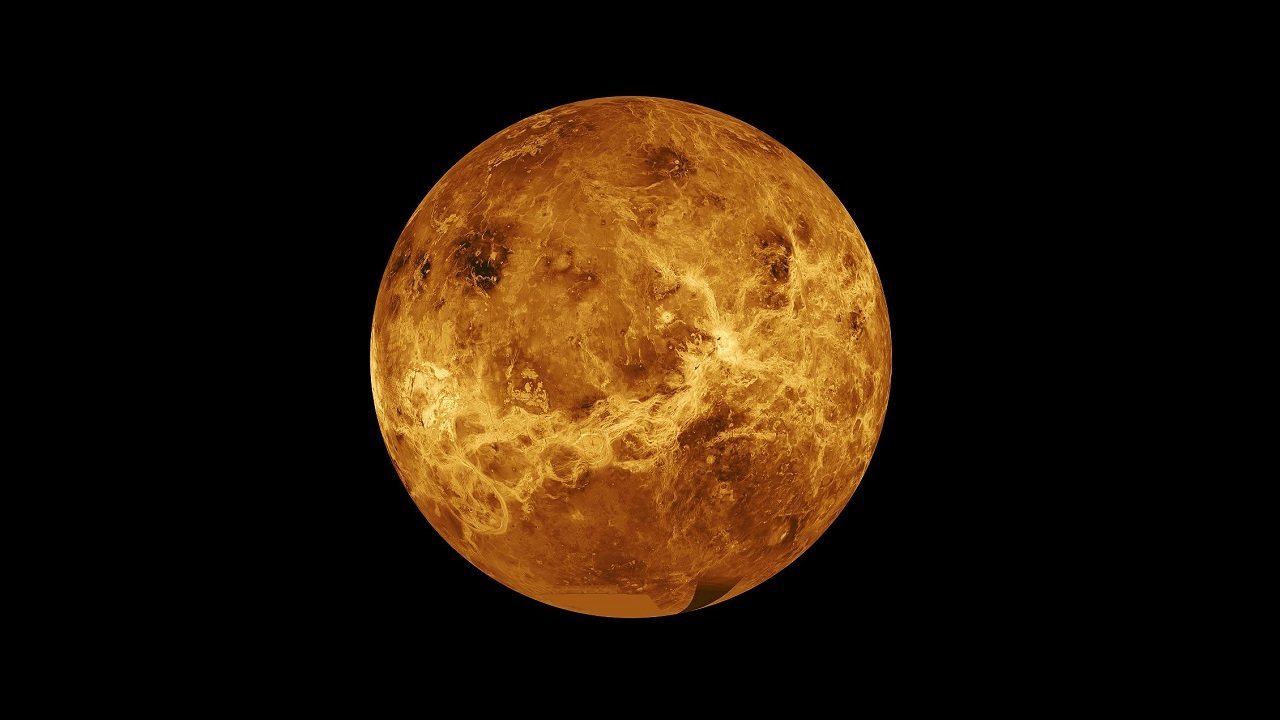 Source:
Source:
Venus has a lot of problems. Temperature, two times higher than that at which the pizza is cooked in a few minutes. Acid rains, which regularly wash away everything that claims to be free will. Enormous pressure is 90 times greater than that to which we are accustomed on Earth. Why we crave in the thick of it? Venus is often called hell as it is because of the enormous pressure, acid atmosphere and extremely high temperatures. To cope with even one of these conditions is not easy, if we ever want to explore Venus. What to say about all three — that was a short lived Soviet probes sent to Venus, eloquently silent on this point.
However, on Venus it would be possible… to live.
At first glance, this planet is surprisingly similar to the Earth: gravity is 90% of the earth, and it is only 30% closer to the Sun than we are. But a closer look reveals a terrible difference. If Mars has almost no atmosphere, Venus has too much. She is 90 times denser than earth's, composed mostly of carbon dioxide (CO2) and shrouded in clouds of pure sulfuric acid.
Greenhouse effect of the atmosphere of Venus picks up a huge amount of heat so that the surface of Venus successfully becomes the hottest place in the Solar system, not counting the Sun itself. When the surface temperature is 450 degrees is enough to melt zinc, lead and most organic materials. And with atmospheric pressure equivalent to a kilometer deep in the ocean, even the nuclear submarine would be crushed.
The Pressure is so great that carbon dioxide itself is pressed into the surface and becomes an exotic as "supercritical fluid" that is neither a gas nor a liquid but possesses properties of both. On Earth, supercritical CO2 represents a dangerous and exotic substance, which is used as industrial solvent and sterilizer, but on the surface of Venus is literally the ocean of the substance.
USSR sent several probes to Venus in the 60-ies, 70-ies and 80-ies of the last century; not surprisingly, but most of them failed to reach the surface, many crashed. The most successful probe "Venera-13", he managed to hold out for more than two hours before he also succumbed to strong pressure and heat. The pictures he sent showed unfriendly, withered and totally alien world to us.
And still we could live in the clouds this hellish planet. 50 kilometers above the surface of Venus is extremely friendly. The atmosphere is enough to provide protection from radiation is comparable with the screen which we get from the atmosphere on Earth. Temperature, oddly enough, is also approaching a comfortable — about 60 degrees Celsius. Hot, Yes, but our technology enables us to control it. But if you go another couple of kilometers, the temperature drops to 30 degrees, the atmosphere will lose protection from radiation. And since the gravity of Venus is almost the same as Earth, the colonists living there for years, do not have brittle bones and weak muscles.
And although the surface of Venus will be unavailable for people, robots could research and develop a solid ground. They could control the inhabitants of cloud city in real time from Earth is impossible, because the signal will go 20 minutes.
To truly understand the planet, you need to pull on her lander. Modules can check the chemical composition of air and rocks on the surface and to understand how to look like the bowels of the planet. "Venus-D" was the lander, but the period of its mission did not exceed three hours. The previous record of survival on the surface put the module Soviet "Venera-13", which landed in 1982. It lasted for 127 minutes in a toxic and corrosive environment of Venus.
To make a probe that will live longer than a day at least — requires durable electronics that can withstand high temperatures, or the cooling system for the probe, which, in fact, will be in the oven. He will have to work without the solar panels, which are not effective on the planet with an eternal shadow. Battery will not last long and will not be able to produce enough energy.
And yet on these problems are working and trying to solve them.
theelectronics Venus probe
Scientists from the research center Glenn NASA which should help to open the surface of Venus for research.
"With the further development of technology, such electronics can significantly improve the design of the lander for Venus, and mission concept, allowing us to conduct the first long-duration mission on the surface of Venus," said Phil Neudeck, senior electronics engineer.
Our modern technologies allow the landing modules to withstand the conditions on the surface of Venus only a few hours. But a few hours lot of research work to do, especially if you compare with the cost of the mission. Therefore, the increase in survival of the Venus landing module is a key task.
At a temperature of 460 degrees Celsius, Venus is almost twice as hot most furnaces. It is hot enough to melt lead. The surface pressure on Venus is 90 times higher than on Earth, due to atmospheric density.
theFirst color image of the surface of Venus
To protect the electronics on the previous descent on Venus spacecraft, they were kept in special containers designed to protect against pressure and temperature. But these vessels add a lot of mass to the mission and make the sending of the modules on Venus are very expensive. Thus, if to speak about the study of Venus, the creation of reliable electronics becomes pretty damn important.
The Team at the research center Glenn has developed a semiconductor integrated circuit based on silicon carbide that are extremely reliable. Two schemes were tested in a special chamber designed for accurate reproduction of conditions on Venus. This camera is called GEER (Glenn Extreme Environments Rig).
This is a special 800-litre chamber, which can recreate the conditions on any object in our Solar system, can simulate the temperature to 500 degrees Celsius and a pressure of from okolofutbolnaya to 90 times the pressure on Earth. GEER is also able to mimic the exotic atmosphere and mix gases in precise proportions. In the chamber you can mix gases with a precision of several parts per million. The tests were successful.
"We have demonstrated quite lengthy-electric operation with a bare chip without refrigeration and protective packaging — in the exact physical and chemical conditions of the atmosphere on the surface of Venus," says Neudeck. "Both schemes worked at the time of completion of the tests."
In fact, these two schemes not only worked on completion of the tests, but it has withstood the conditions of Venus for 521 hours. This is 100 times longer than could show previous versions of electronics, designed for missions to Venus.
Sami scheme was originally designed for operation in conditions of extremely high temperatures inside aircraft engines.
"This work not only opens up the potential for new scientific works on the surface of Venus and other planets, but also can have practical value for the earth's electronics, for example for use in aircraft engines to improve performance and reduce emissions," said Gary hunter, chief designer of the electronics for the surface of Venus.
The Disadvantage of this approach is that such chips will be weaker than a modern computer. According to the 2014 presentation, which was presented by the Venus Exploration Analysis Group NASA, such electronics will be in power comparable to the electronics of the ' 60s. "We are not going to "Pentium," says hunter. But if a little poraskinut brains, that may be enough to take pictures and receive data from the probe and send them into orbit on more advanced orbital module.
The Aim of the researchers, according to hunter, to get the electronics to work thousands of hours to survive at least one Venusian day is 117 times longer than the earth.
theEnergy system the Venus probe
With regard to energy systems, Timothy Miller and Michael Paul of Penn state University suggested the use of the Stirling engine.
The Stirling Engine starts with a working fluid inside the cold chamber (cold means the temperature is lower but not quite low). The fluid is compressed by the piston and moves the second chamber, where it is heated. The heated liquid expands, moving the second piston associated with the first wheel or lever. As soon as the second piston moves, it pushes fluid back to the cold end where it cools, and the cycle begins again. While there is a heat source, the engine continues to run. Today, Stirling engines are used in cooling systems and even on submarines.
The technology exists since 1816, it was invented by Scottish clergyman Robert Stirling. Miller and Paul think that this old idea can be used for spacecraft of the future, and wrote about it in the journal Acta Astronautica. NASA has already financed the first test.
The Stirling Engine, Miller says, can provide enough energy to cool the electronics and give the electricity tools, so they can operate longer than batteries. The working fluid is likely to be helium, because it more efficiently transfers heat than other gases and does not react.
But energy is not limited to: the Stirling engine needs fuel. Miller and his team stayed on lithium, which can burn in the atmosphere of carbon dioxide and nitrogen. (Nitrogen makes up 4% of the air of Venus). Li also melts at a temperature of 180 degrees, which makes it effective...
Recommended
The Americans on the moon: what everyone should know?
the Upcoming cosmonautics day is my favorite holiday. It marks the triumph of the human mind: in just four thousand years Homo Sapiens went from hunter-gatherers to space explorers. 12 April 1961 Soviet cosmonaut Yuri Gagarin became the first man in ...
Why are some galaxies spiral shaped?
you Know what surprised me the most? The fact that we perceive the surrounding world as it is. Animals, plants, the laws of physics and the cosmos are perceived by many people as something so mundane and boring that they invent fairies, ghosts, monst...
Astronomers were able to see the death of another star system
In the cosmic ocean drifts a lot of mysteries about the existence of which we are unaware. One of these was uncovered five years ago, when astronomers have discovered a lonely star at a distance of 570 light years from Earth, the brightness of which ...
Related News
United Arab Emirates plan to build a city on Mars
Only some 40 years ago was a small settlement, which is inhabited by the pearl divers. And today it is one of the largest and most futuristic cities in the world, decorating a United Arab Emirates. Vanish into the clouds skyscrape...
The US authorities are planning a fifth expedition to the telescope "Hubble"
the Space telescope «Hubble» watch bears in Earth orbit for many years, making great shots, and aiding astronomers with the research, but like any other device, this automatic Observatory periodically requires maintenanc...
As not to give the astronauts go insane?
"Impulsive, suicidal, sex-crazed thrill seeker". Who is it? Participant of the TV project "Dom-2"? A base jumper? The leader of a cult? Think again. So some psychiatrists of the U.S. air force, back in the early days of the space ...
Practical training Siberian "Space Odyssey" will start in late February
We have about the project «Space Odyssey», the author of which was Russian cosmonaut Alexander Lazutkin. Theoretical classes started at the end of last year, and at the end of February 2017 cadets will travel to conduct ...
NASA has created a microchip that can work in hell
Camera tests GEER You may be surprised by the fact that Mars attracts "interplanetary" attention, while Venus, the second planet from the Sun, it would seem, is closer to the Ground. The fact is that this planet has the highest su...
SpaceX will deliver to the ISS the deadly bacterium
Very soon the company SpaceX is going to deliver to the International space station dangerous bacterium. Fortunately, the station crew know about it and therefore will be ready to receive cargo, after he will arrive to her next we...
representatives from the European southern Observatory recently published a series of very clear images of the nebula Cat's Paw (NGC 6334) and the lobster nebula (NGC 6357), located in the constellation Scorpio. Each image has ver...
representatives from the European southern Observatory recently published a series of very clear images of the nebula Cat's Paw (NGC 6334) and the lobster nebula (NGC 6357), located in the constellation Scorpio. Each image has ver...
China plans to test a space drone is solar powered
looks Like drones will soon be used for operations not only in the earth's atmosphere, but in space. At least, according to news Agency Xinhua, engineers at the China aerospace Academy to lay big hopes on them. In 2017 they plan t...
No one knows where black holes get information
If you «to Google», Stephen Hawking is among the most famous living physicists. His most famous work concerns the information paradox of a black hole. If you are interested in physics, it is of course well known. To Hawk...
SpaceX is going to launch a rocket every two weeks
the Company SpaceX plans to enter the super productive level of space launches. The company's President, Gwynne Shotwell said in an interview with the publisher Reuters that the company is going to make space launches every two we...
In 2019 to the ISS will install the first commercial gateway
a New commercial gateway to the American segment of the ISS NanoRacks, the company is developing jointly with Boeing. The Boeing website reports that this will be the first commercial gateway to the International space station, bu...
What was our universe before the Big Bang?
theoretical Physicists and cosmologists are searching for answers to the fundamental questions: "Why are we here?" "When did the universe?" and "How did this happen?" However, despite the obvious importance of finding answers to t...
Japanese experiment on the collection of space debris failed
the spacecraft «Konotori-6», launched by the Japanese space Agency a few days to collect space debris in orbit, so he had high hopes, but, alas, he could not cope with the task. news Agency RIA «news» with re...
WSJ: In rockets, the Falcon 9 has detected a defect
the boosters of the Falcon 9, produced by the American company SpaceX, is not always fly well. The last misfortune befell one of them in September 2016, after which SpaceX has halted the launch and began to look for defects in the...
Flight to alpha Centauri: dreams and reality
last year, the famous physicist Stephen Hawking and Russian billionaire Yuri Milner announced an ambitious plan to launch a tiny spacecraft to the alpha Centauri system. Of course, such an ambitious plan requires no less ambitious...
The experiment of cleaning the orbit from space debris began
In December, 2016 , and just a few days ago was completed all the preparations and spacecraft Kounotori-6 undocked from the ISS to begin the first ever experiment «cleaning» debris from earth orbit. the Ship Kounotori-6...
The outer space Treaty was good, but is it our time?
space Exploration is governed by a series of complex international treaties and agreements which have for many years. The first and probably the most important ones celebrated its 50th anniversary on January 27 — the outer space T...
The Boeing company introduced a lightweight space suit new generation
If we remember how the first one looked the suits and compare them with current samples, we will see a lot of differences. But progress does not stand still, and even in modern «clothes» astronauts have a significant dra...
The fire, which saved the mission "Apollo"
Fifty years ago during the tests of the rocket which was supposed to take people to the moon, there was a fire. Three astronauts died on the launch pad — but their death was not in vain. January 22, 1967, Cape Canaveral, FL One of...






















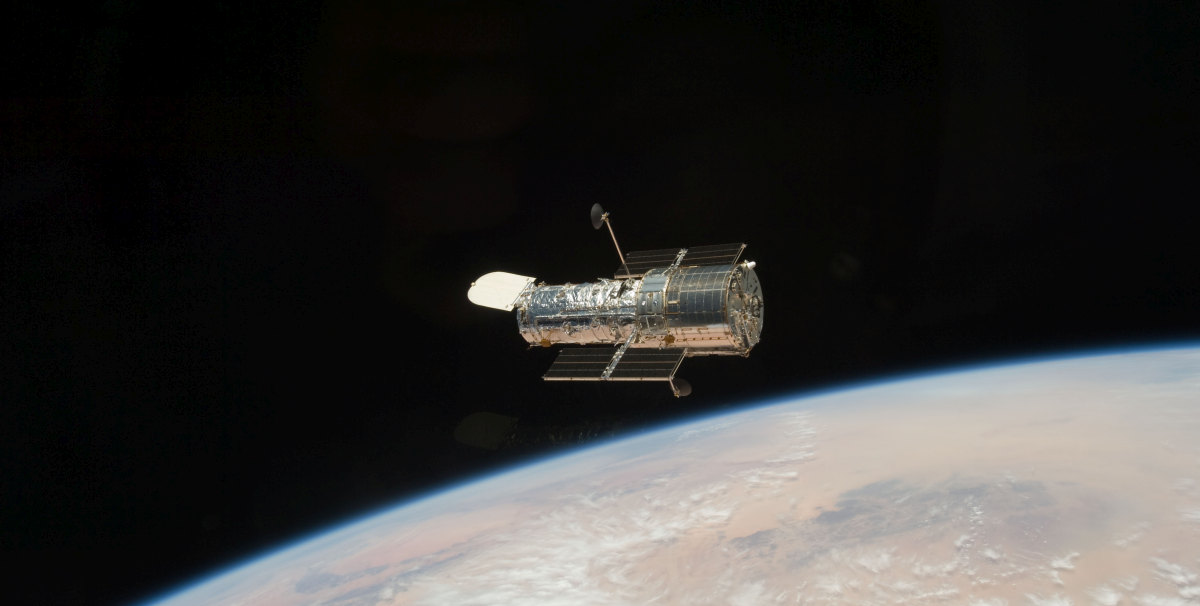


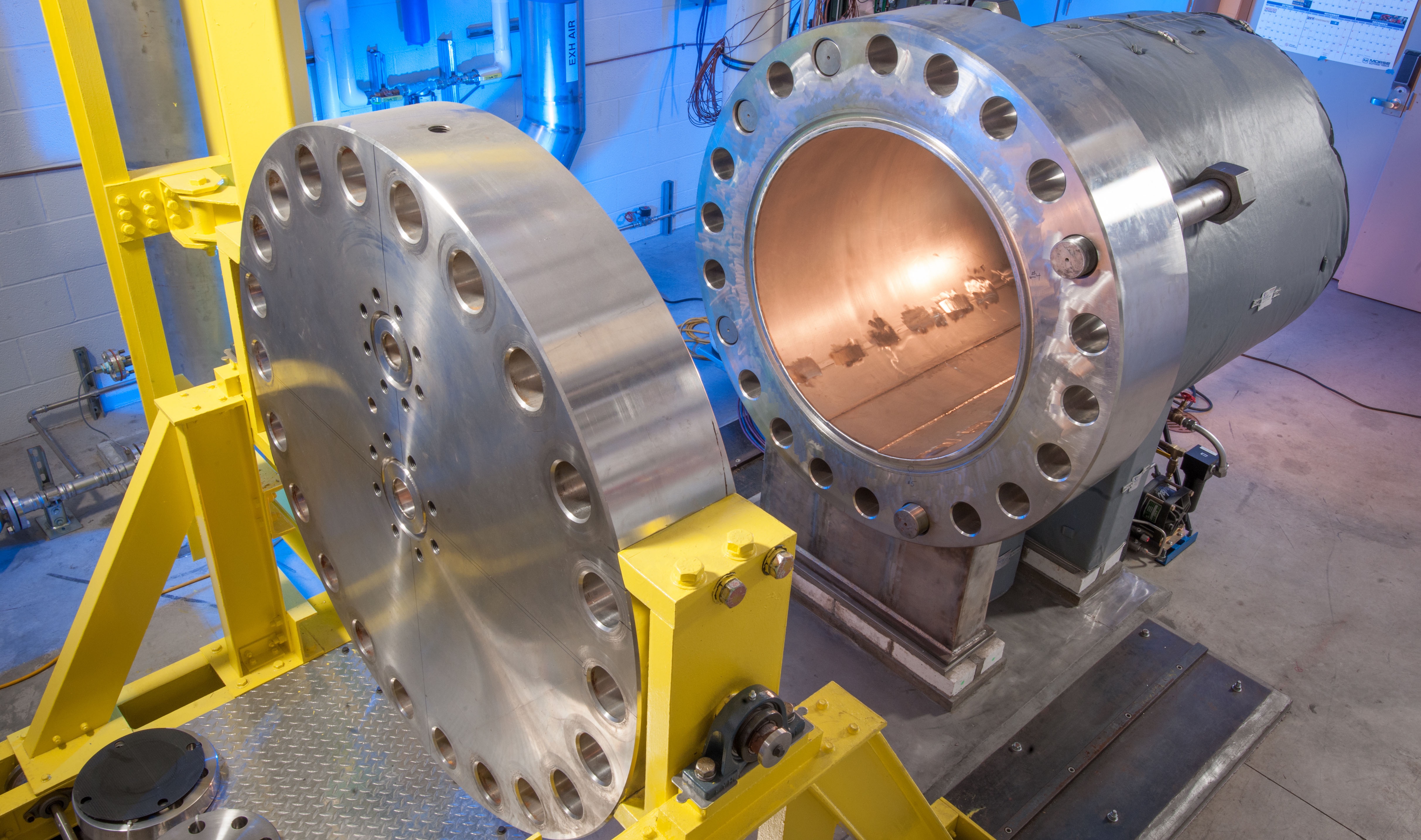
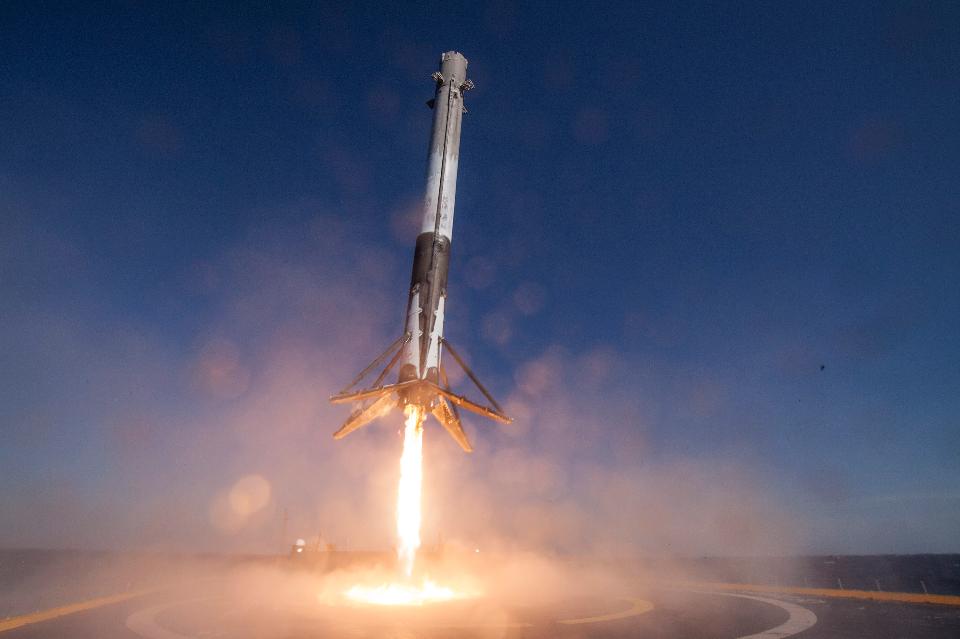
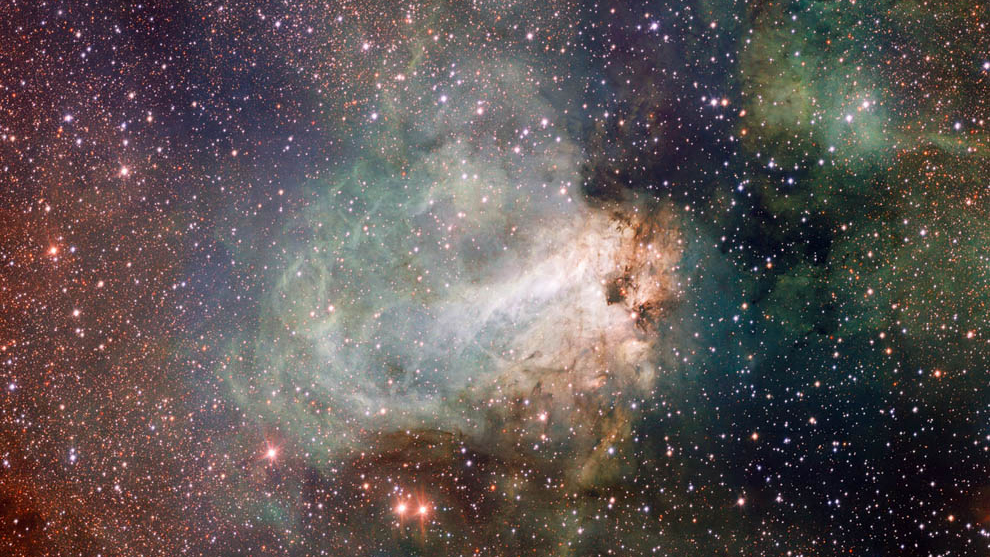
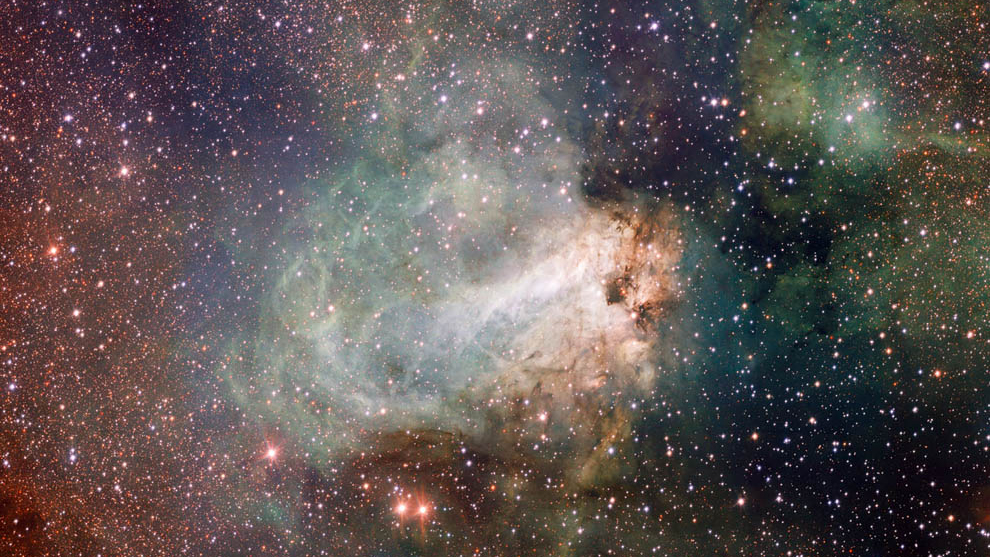
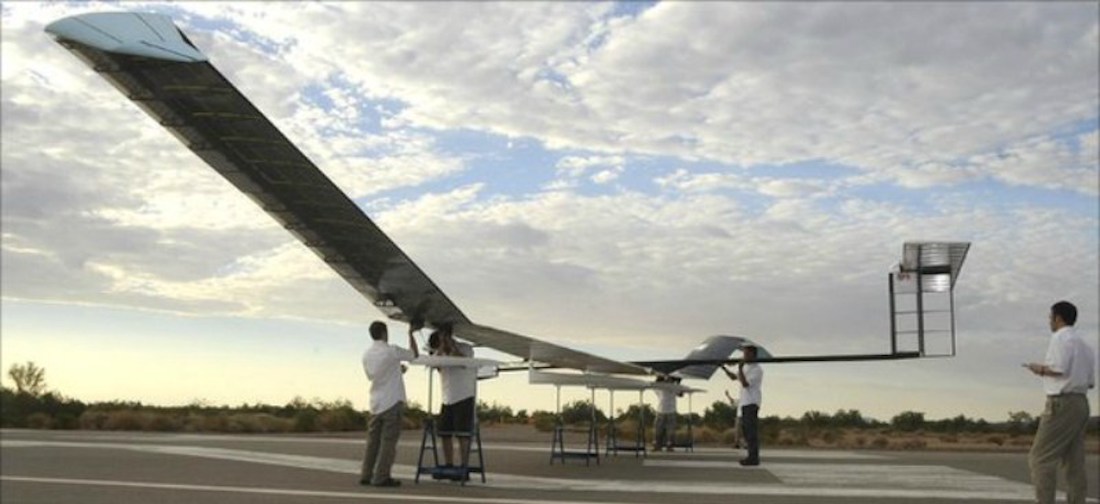
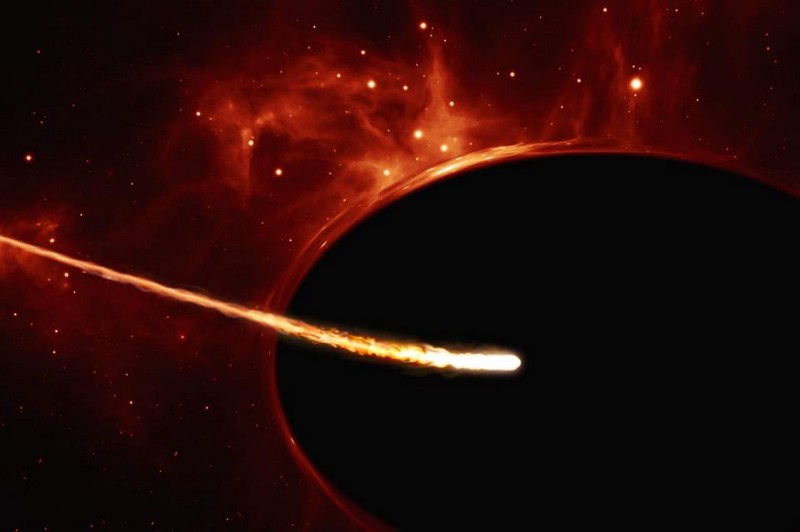
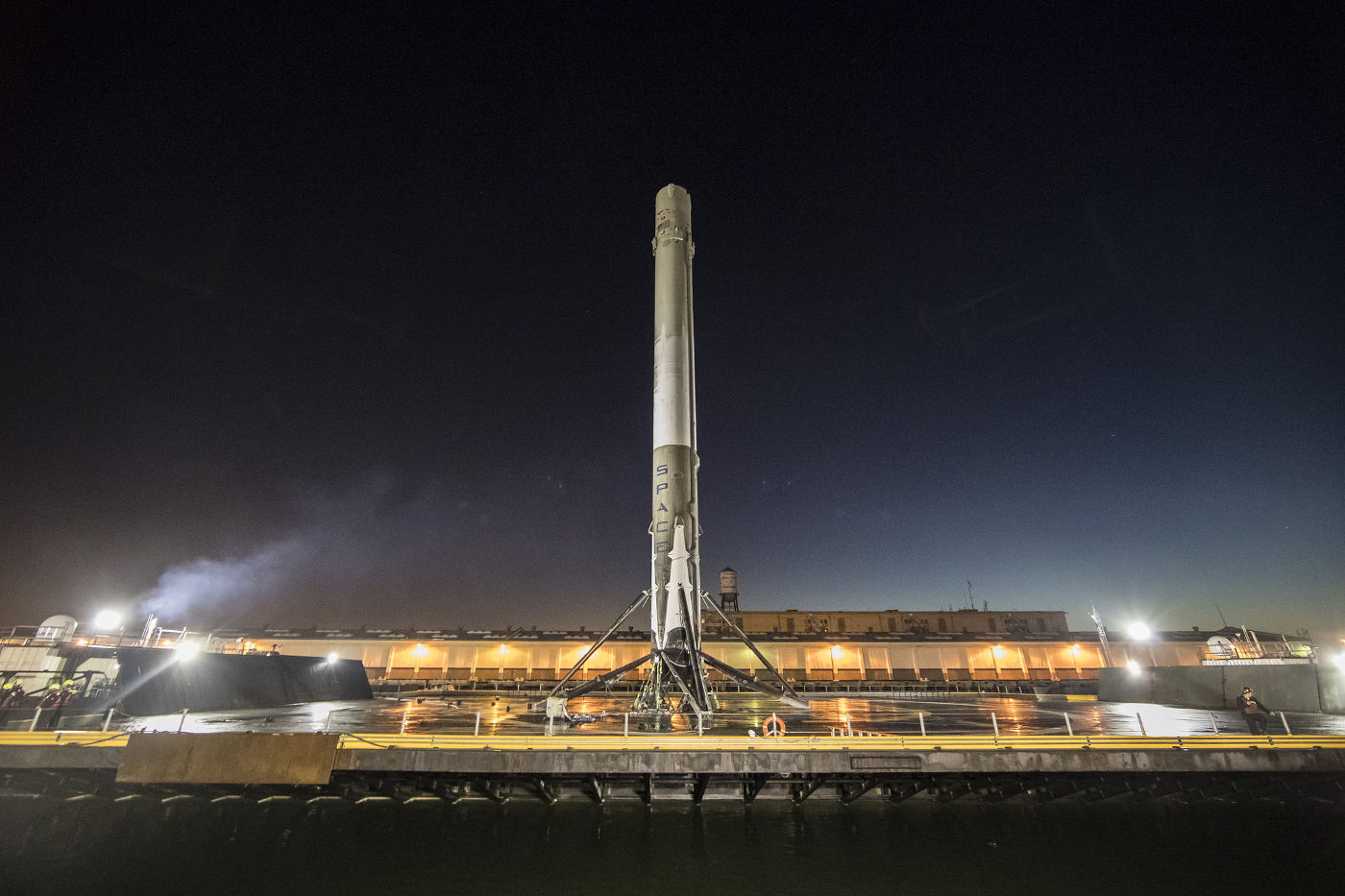
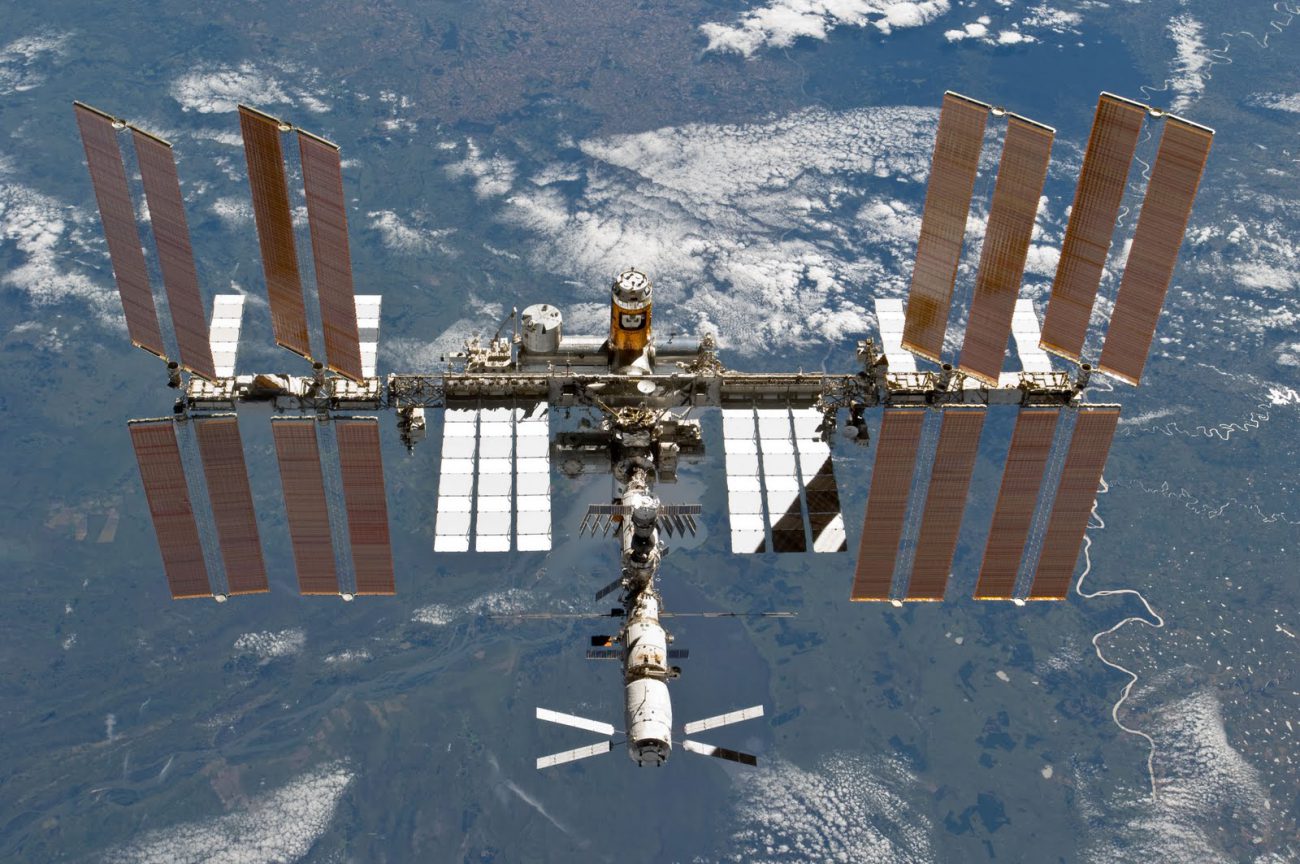

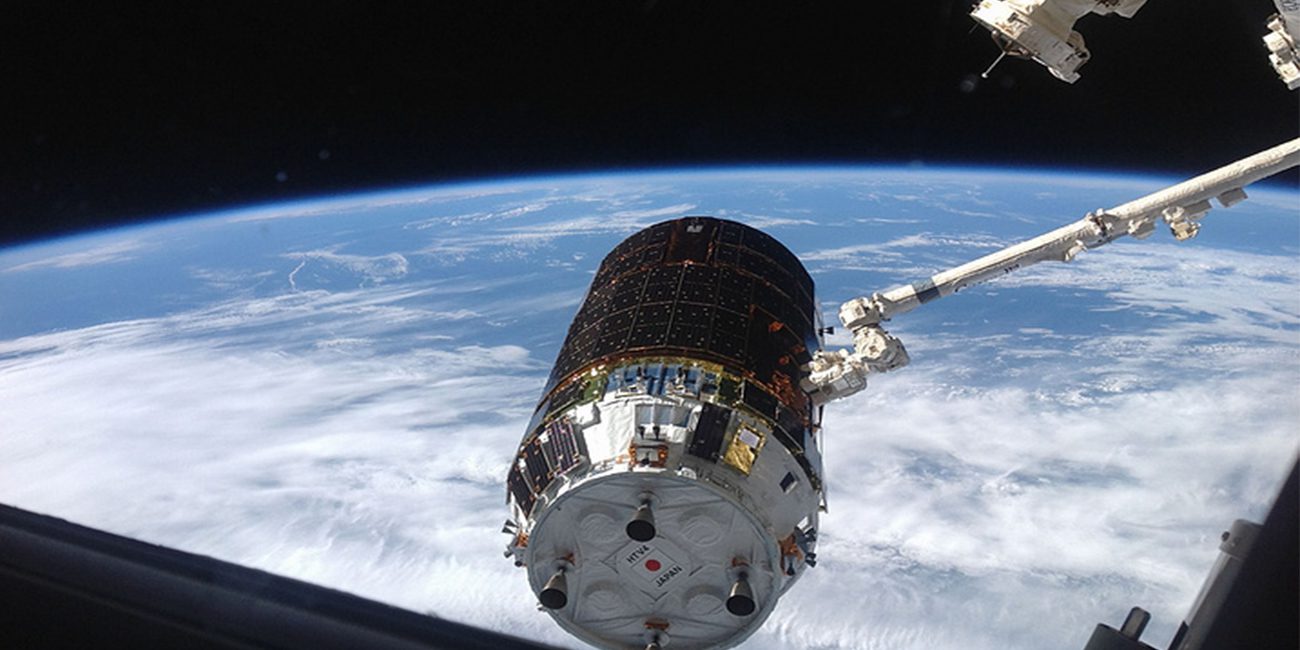
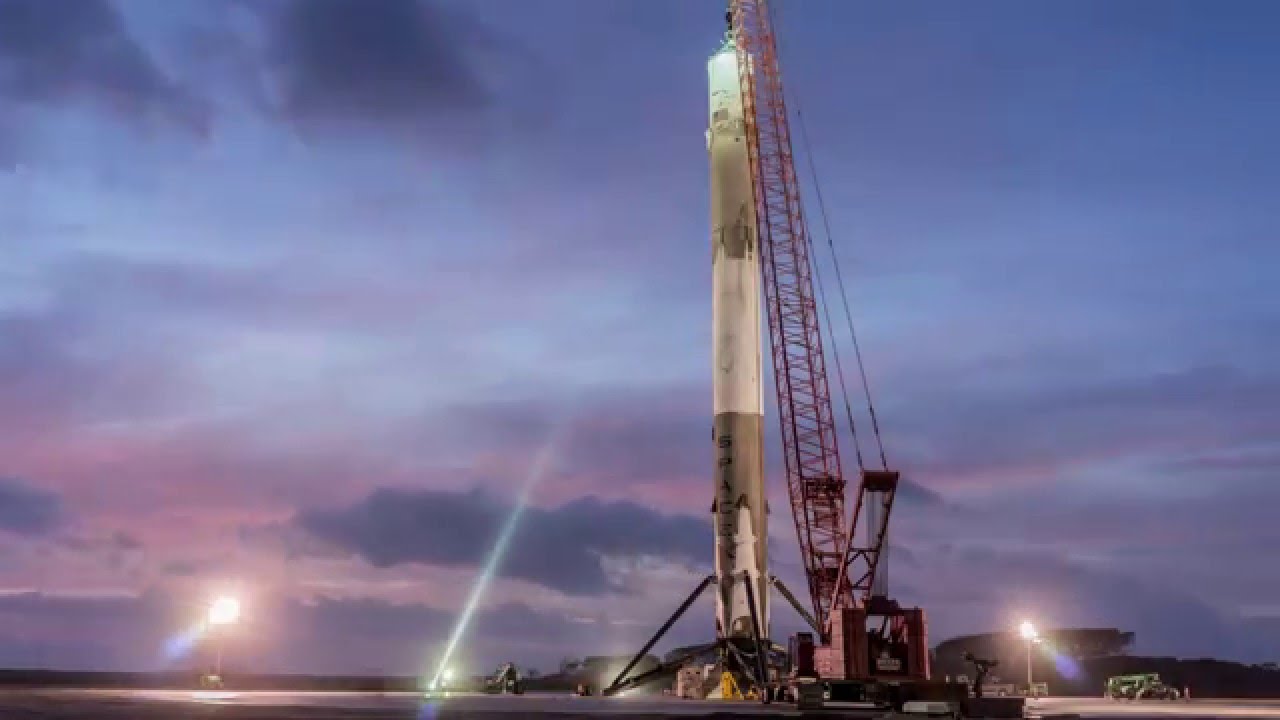
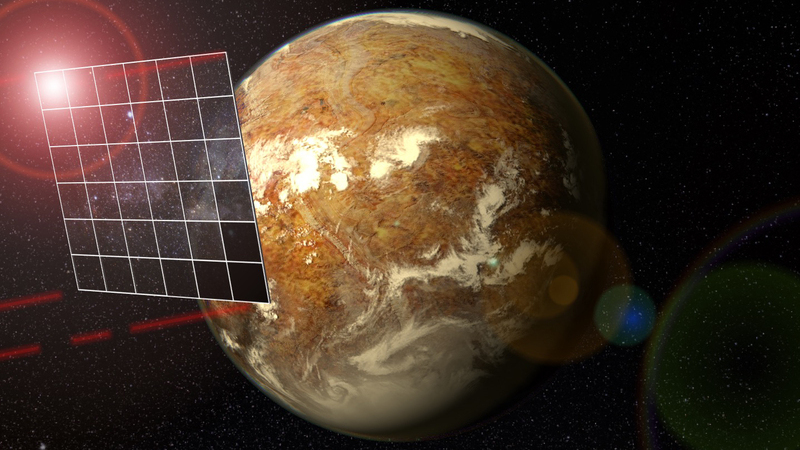
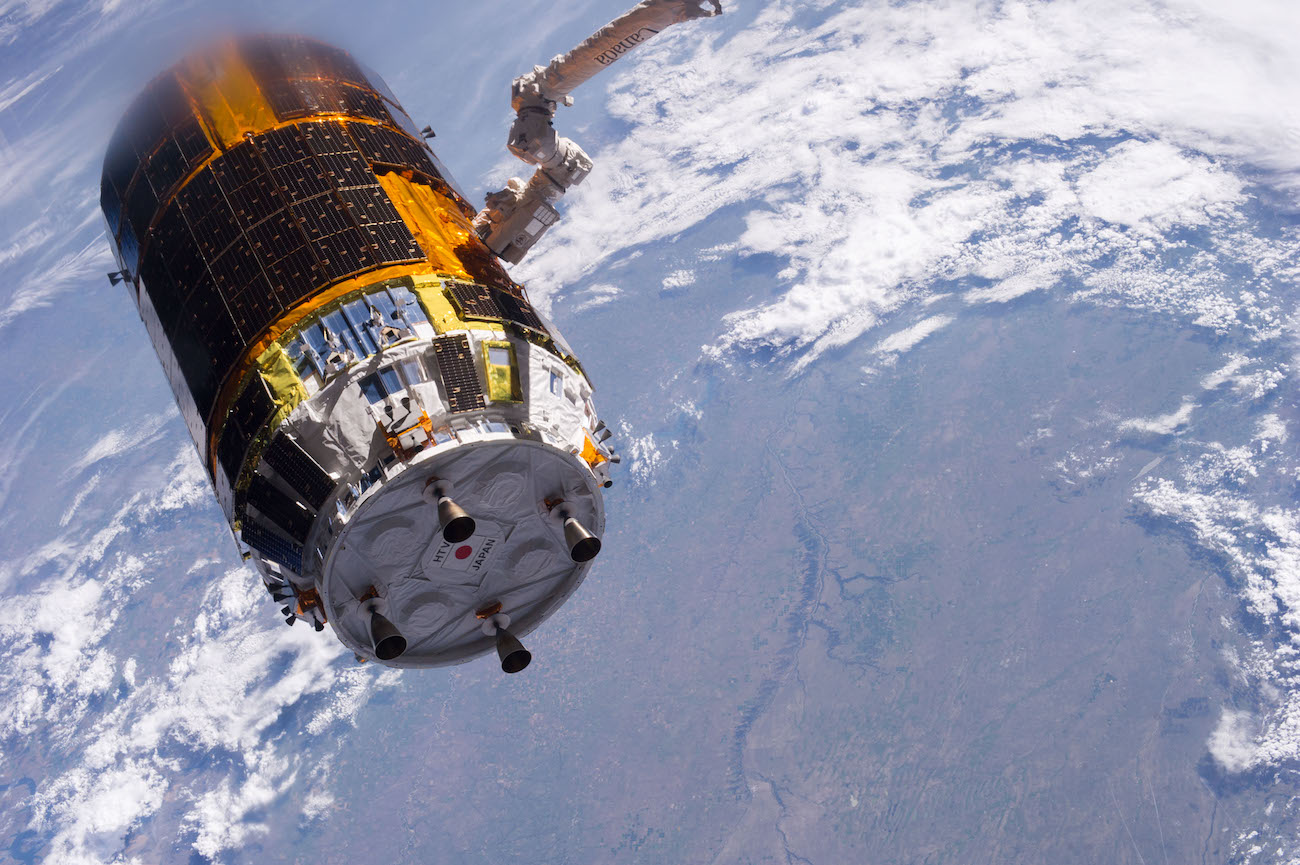

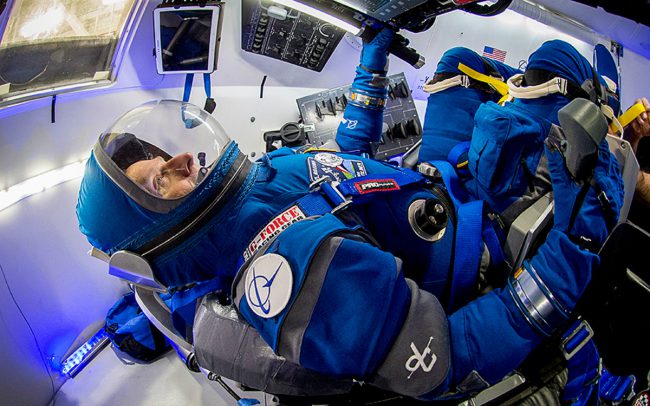

Comments (0)
This article has no comment, be the first!